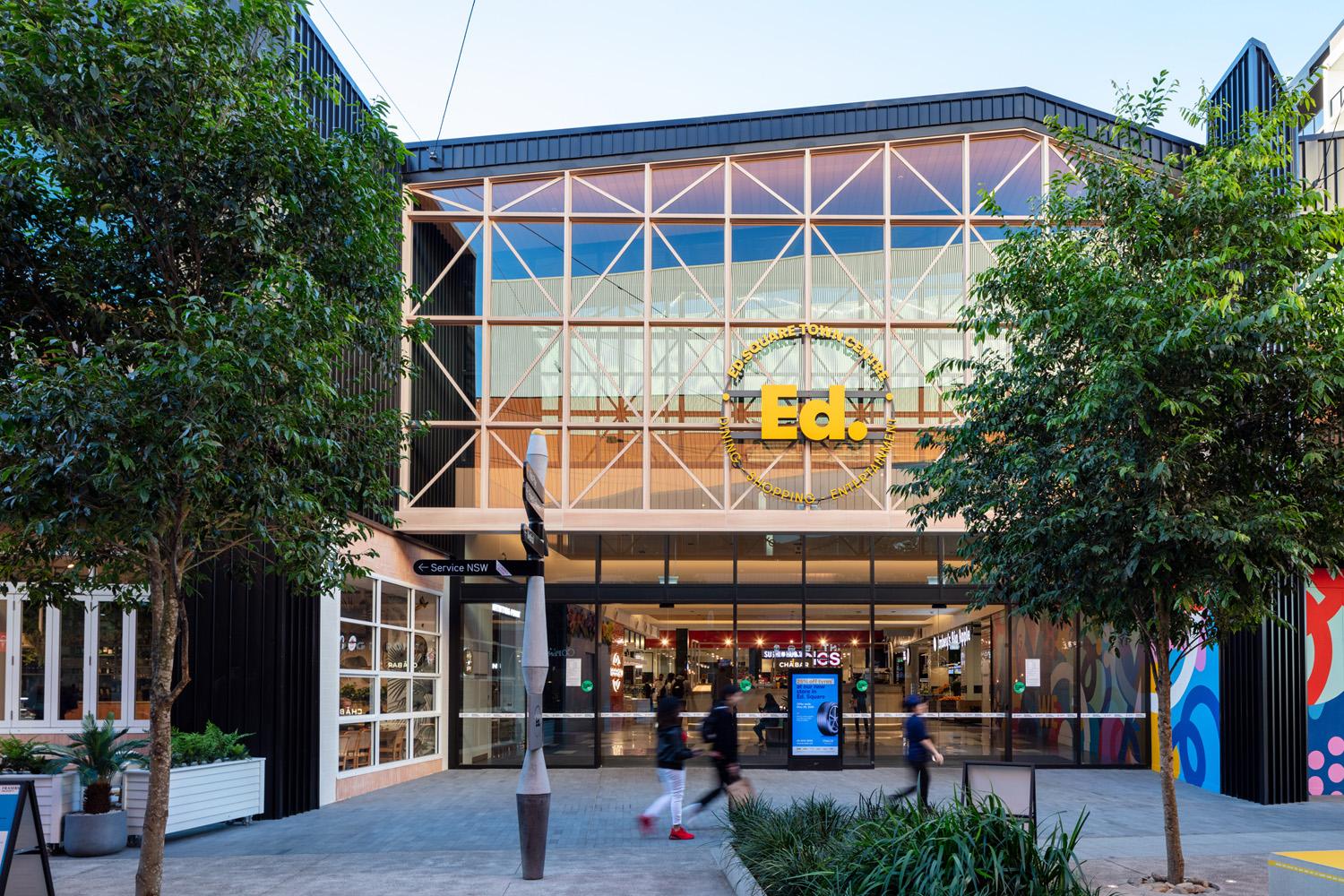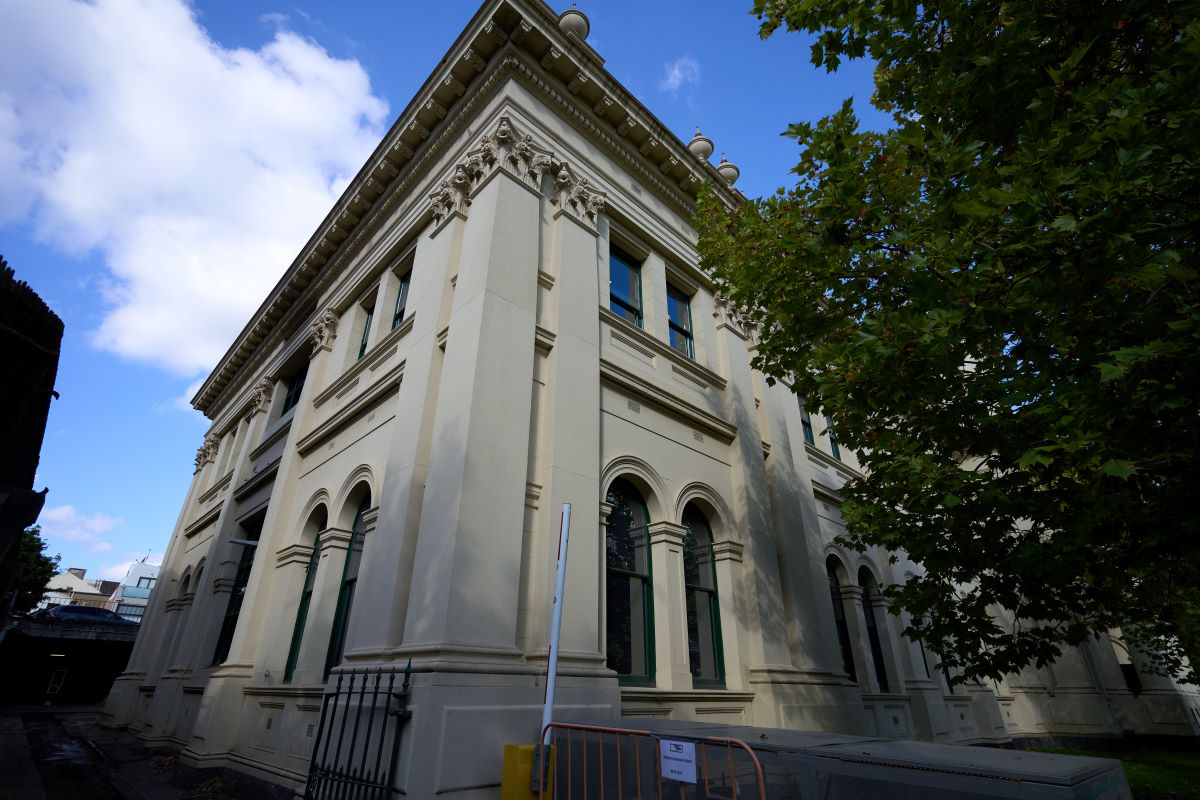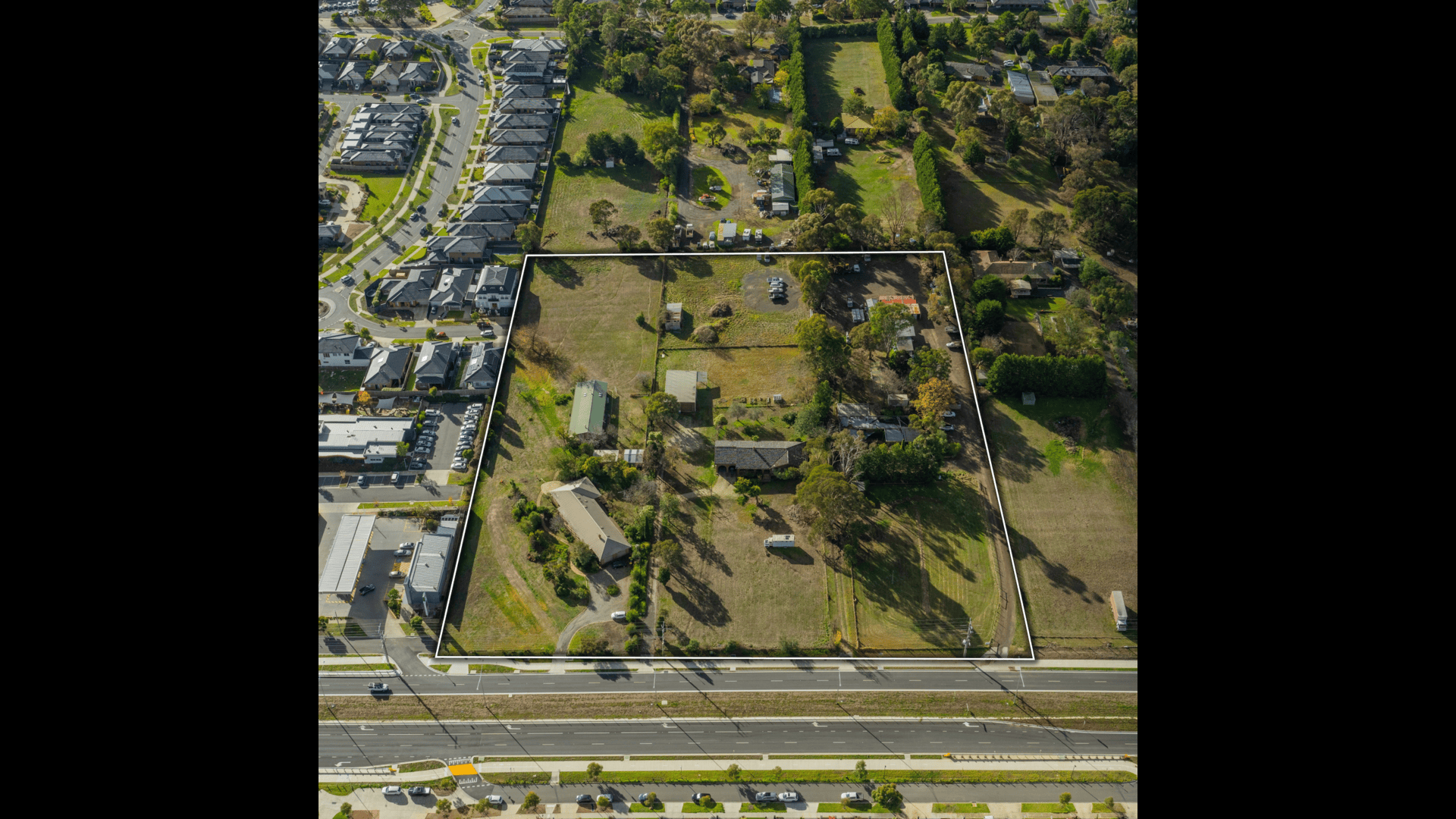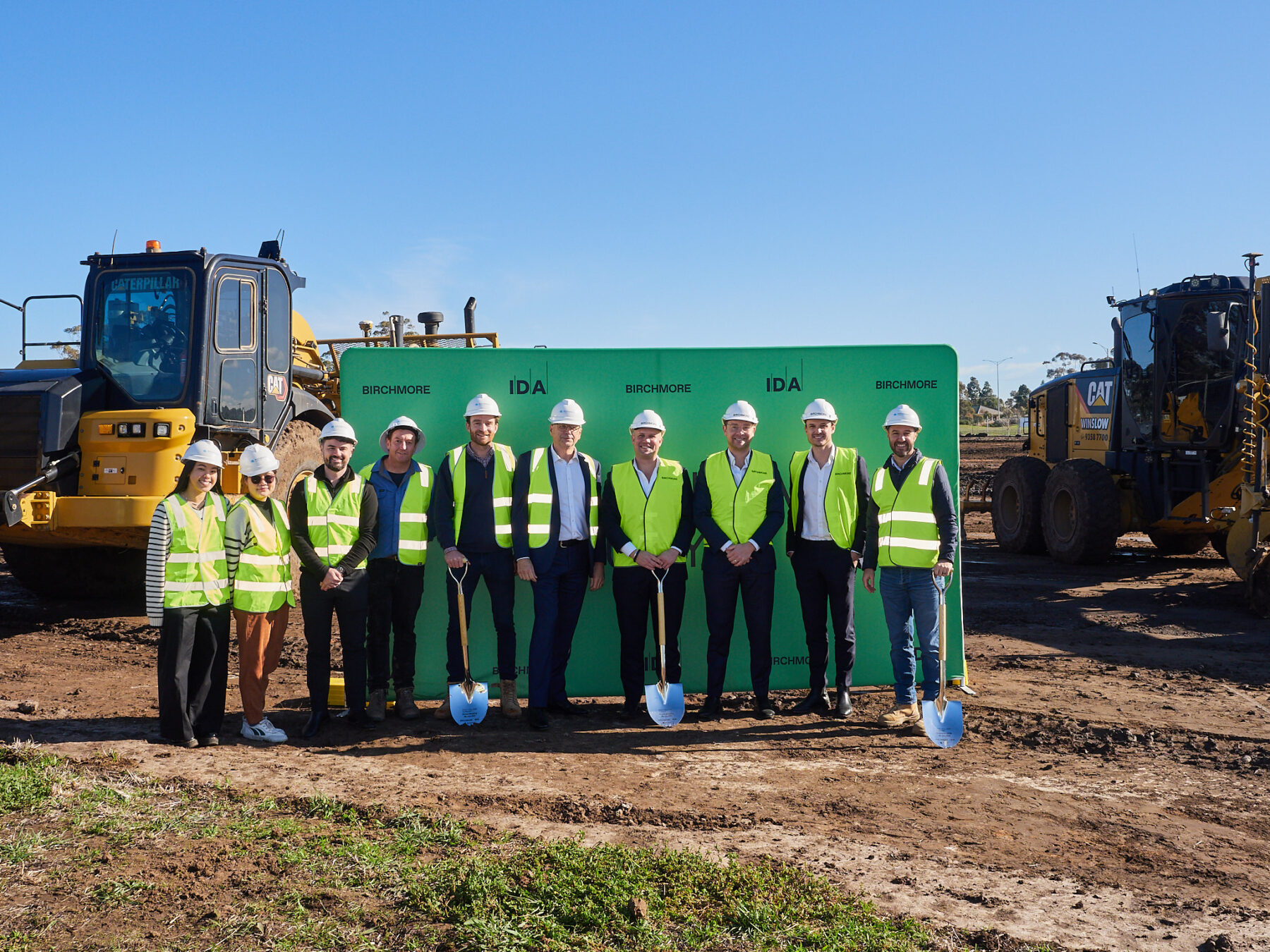
Global architecture & engineering firm, HDR has pulled together 7 Megatrends which they believe will be major forces shaping the design and construction of our cities in the year ahead.
Drive to Net Zero
The building sector accounts for more than 40 percent of greenhouse gas emissions and over the next 30 years it’s estimated that another 232 billion square metres of buildings will be constructed. This trajectory, coupled with visible climate change impacts such as bushfires and floods, has set the stage for a new era of sustainability for the architecture sector – one that looks towards truly regenerative design and reconnects humans and nature through the continuous renewal of evolving socio-ecological systems.
Not only will regenerative design frameworks reshape design outcomes in 2023, but they will further cement practices’ commitment to sustainable business operations and project delivery. As an example, HDR’s global Regenerative Design Framework will support designers in moving beyond basic high- performance design goals towards net-positive impacts and metric-driven targets for carbon, water, nutrients, air, biodiversity, social and health categories. Consequently, architects will embrace renewable materials that sequester carbon, such as mass timber, in a collective effort to power the transition to net zero.
Sector Symbiosis
A collision of forces – a global pandemic, climate change, mental ill-health, geopolitical tensions and digital technologies – are reconceiving clients’ needs across sectors such as health, education, science, defence and technology. Things like mRNA technology platforms, research laboratories, containment facilities, innovation precincts, hospitals without walls, hybrid learning classrooms, vertical university campuses and wellness-driven defence bases are setting the stage for a year of once-in-a-generation evolution.
With projects crossing sectors more than ever, 2023 will witness health, education, science and technology converge as trans-disciplinary innovation takes precedence and new typologies emerge. Innovation and knowledge precincts will prevail in the quest to solve some of our most complex education, science and health challenges, and architects will increasingly design for creative collisions. The design of biomedical innovation precinct Sydney Biomedical Accelerator, co-located at University of Sydney and Royal Prince Alfred Hospital, is a prime example of sector symbiosis on the national stage.
Inclusion, Diversity & Equity (IDE)
Designing infrastructure based on the principles of IDE will be top-of-mind in 2023 as architects look to further entrench inclusivity and equity into clients’ physical spaces. Not only will this human-centred, equitable approach embed the full range of human diversity – from ability to language, culture, gender and age – into projects more rigorously, but it will leverage co-design tools and processes to diversify design outcomes and enrich user experience.
In a climate where 15% of the world’s population, or one billion people, are persons with disabilities (United Nations), architects will be increasingly expected to consider anthropometric architecture and design in totality – going beyond fulfilling functional aspects of wheelchair-friendly designs and placing emphasis on healing, wellness and space psychology more holistically. For example, pedagogy and learning environments will be democratised for a new generation, town centres will be designed for inclusion, and workplace design will cater to neurodivergent employees.
Data-Driven Design
The global pandemic has continued to influence the development of immersive technologies and data- driven design across the sector. The advent of emerging BIM technologies and Revit has seen designers move away from traditional workflows of design and embrace computational design tools and generative design.
In 2023, digital twins, digital fabrication, robotic prototyping, artificial intelligence, augmented reality, predictive analytics and parametric modelling will enable designers to validate metrics faster, rapidly prototype design solutions in real-time, and look at how digital design and computer augmentation can aid both creativity and sustainability within the built environment. On the contrary, being able to humanise data-driven design and design with empathy is what will set architectural firms apart and give them a competitive edge in the new year.
Designing with Country
With reconciliation taking centre stage, architecture practices are looking to champion genuine, reciprocal relationships Aboriginal and Torres Strait Islander peoples and non-Indigenous Australians – and authentically embed reconciliation within their business models. In 2023, architects and other design industries will increasingly incorporate measurable reconciliation goals into their everyday business operations and collaborate with First Nations user groups throughout the master planning and design process.
Not only will this Designing with Country consultation process help to authentically embed projects within their spiritual, ecological, geological and knowledge systems, but it will educate and inspire architects to create sustainable, restorative and equitable projects underpinned by principles of reconciliation for years to come. For instance, Health Infrastructure’s Rouse Hill Hospital project in NSW, designed by HDR, is being guided by Connecting with Country experts Bangawarra, in consultation with Knowledge Keepers and Traditional Custodians, to bring First Nations knowledge, connection to site and Country, and biophilic design to the forefront of the design outcomes.
Wellness-Driven Design
By 2050, the United Nations predicts that 68 percent of us will be living in urban areas, up from 56 percent today. In a climate where mental ill-health is on the rise, neighbourhoods, town centres and their amenities need to act as an antidote to loneliness – a place where connections are made and dichotomies of spaces and people converge to form a sustainable social patchwork.
In 2023, architects will continue to take design dialogue beyond city-shaping to consider how obesity, social isolation, inter-generational connectivity, loneliness, mental health and equality by diversity can cultivate wellness-driven design outcomes. Additionally, with more employees working from home than ever before and cities becoming decentralised nodes, sustainable and self-sufficient suburbs underpinned by permeability, walkability, health and wellness will continue to transform neighbourhoods.
Resilience
Rising interest rates, energy prices and supply chain disruption, coupled with the impacts of climate change, is causing organisations to review their financial and built-form resilience. In 2023, organisations will increasingly preference assets with reduced grid-dependency, such as those with on-site generation and storage, along with re-using products and/or specifying materials with short procurement times, reduced processing and from local suppliers where possible. Ultimately, architects will be expected to incorporate climate resiliency and circular economy approaches into projects, with the latter being a key component of reducing embodied carbon.



